March 27, 2019
Prelims Pointers
March 27, 2019

New method to purify water used in oil refinement:
- Researchers at Purdue University in the US have developed a process to remove nearly all traces of oil in produced water.
- Method: The process uses activated charcoal foam and subjects it to solar light to produce heat and purify the water. The foam absorbs the oil contaminants from the water.
- Benefits of this method:
- This is a simple, clean and inexpensive treatment process.
- This is the first-of-its-kind method to do this purification in a single step simultaneously via a perforated foam.
- The oil absorbed by the foam can be recovered efficiently.
- The process could be integrated with existing disposal systems to purify a large amount of water and reduce the current stress on water grids.
- This is a simple, clean and inexpensive treatment process.
Produced Water?
- Produced water: Most oil- and gas-bearing rocks also contain water. When the oil or gas is extracted from these rocks, the water comes out too which is called “produced water”. This “produced water” is a by-product of almost all oil and gas extraction.
- Flowback water: When hydraulic fracturing (“fracking”) has been used, some of the frac fluid may also return to the surface. This is sometimes called “flowback water” to distinguish it from the naturally occurring produced water that is extracted from the rock formation.
- Composition: The composition of produced water depends on the chemistry of the rocks it has been in contact with. Differences in composition affect how produced waters are treated, used, and/or disposed.
- Challenges: About 2.5 billion gallons of produced water is generated each day in the US. Handling this is a major challenge because it is deemed unusable for household and commercial use because of remaining contaminants.
Prelims Pointers
March 27, 2019
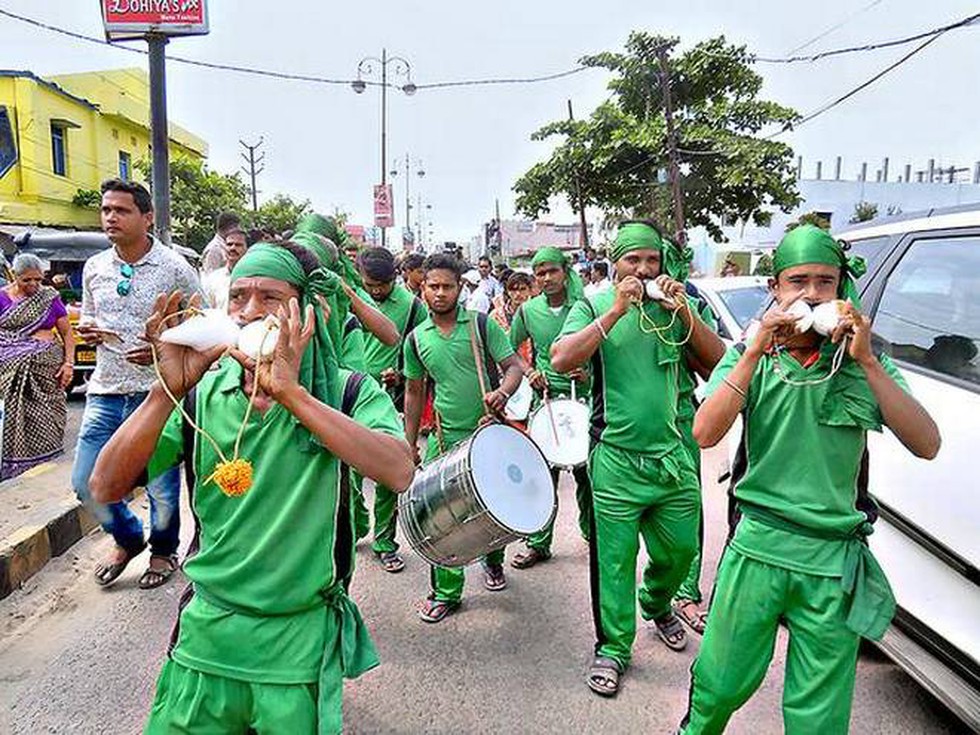
About:
- Region: Jodi Sankha is a unique folk dance native to Ganjam District of Orissa.
- Features:
- Jodi Sankha, which literally means Double Conch, is a combined presentation of rural music along with Badya and Nrutya.
- Most noteworthy part is the harmony between the modulation of the conch and the physical movements of the artists.
- This dance form had a martial arts beginning as it needs high stamina.
- Jodi Sankha, which literally means Double Conch, is a combined presentation of rural music along with Badya and Nrutya.
- Performers: It is performed mainly by non-Aryans embellished in colorful costumes.
- Instruments: The main accompanying instruments include Changu- Baja and Mahuri; combined with the thrills of the conch present an emotional Orchestra of rural music.
- Events during which performed: Sound of conch is considered auspicious and these troupes traditionally performed at religious functions, marriages and other processions.
Prelims Pointers
March 27, 2019
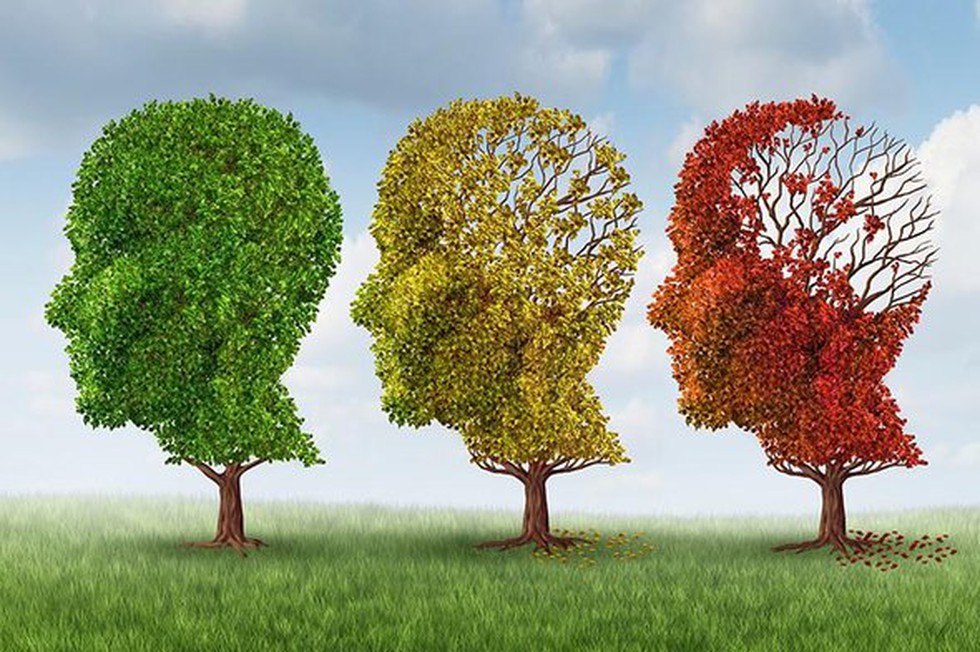
About:
- What is it? Dementia is a syndrome in which there is deterioration in memory, thinking, behaviour and the ability to perform everyday activities.
- Common forms of dementia: Alzheimer's disease is the most common form of dementia and may contribute to 60–70% of cases. Other major forms include
- vascular dementia,
- dementia with Lewy bodies (abnormal aggregates of protein that develop inside nerve cells), and
- a group of diseases that contribute to frontotemporal dementia (degeneration of the frontal lobe of the brain).
- vascular dementia,
- Who are affected? Although dementia mainly affects older people, it is not a normal part of ageing. Further, dementia does not exclusively affect older people – young onset dementia (defined as the onset of symptoms before the age of 65 years) accounts for up to 9% of cases.
- Treatment: There is no cure for dementia. However, efforts to prevent dementia include trying to decrease risk factors such as high blood pressure, smoking, diabetes, and obesity.
- Global scenario: The World Health Organization (WHO) estimates that globally around 50 million people have dementia, and there are nearly 10 million new cases every year. China has the largest population of people with dementia.
- WHO response
- In 2017, the World Health Assembly endorsed the Global action plan on the public health response to dementia 2017-2025.
- WHO has developed iSupport, an e-health solution that provides information and skills training for carers of people living with dementia.
- Dementia is also one of the priority conditions in the WHO Mental Health Gap Action Programme (mhGAP), which aims to scale-up care for mental, neurological and substance use disorders, particularly in low- and middle-income countries.
- In 2017, the World Health Assembly endorsed the Global action plan on the public health response to dementia 2017-2025.
Prelims Pointers
March 27, 2019
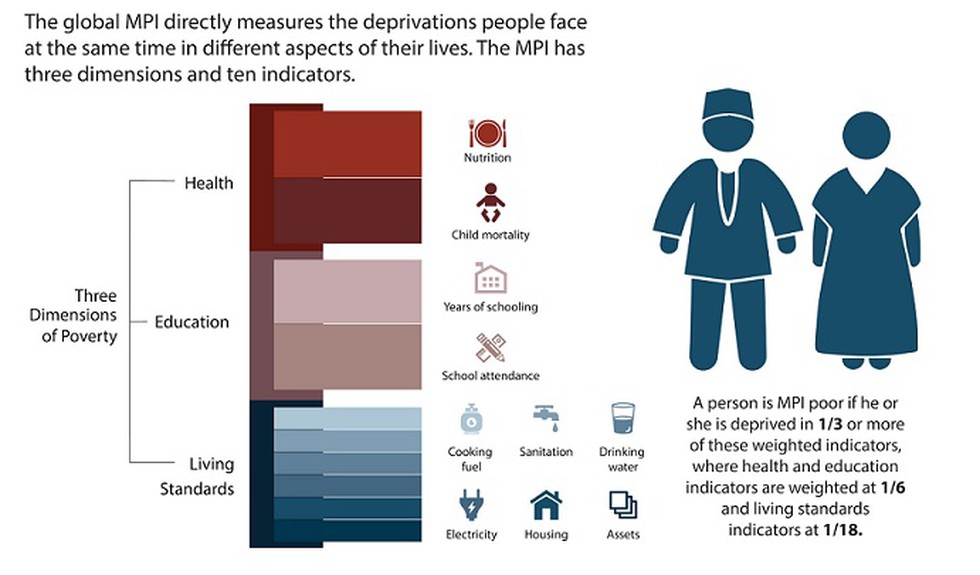
About:
- The Global MPI 2018 Report is prepared by the United Nations Development Programme (UNDP) and the Oxford Poverty and Human Development Initiative.
- The report measures multidimensional poverty index (MPI), which can be broken down to show
- Who is poor: Poverty rate as a percentage of the population.
- How they are poor: Intensity as the average share of deprivations that poor people experience.
- Who is poor: Poverty rate as a percentage of the population.
- The product of these two is MPI. If someone is deprived in a third or more of 10 weighted indicators, the global index identifies them as “MPI poor”.
Global findings:
- Worldwide 1.3 billion people live in multidimensional poverty in the 105 developing countries it covered.
- Sub-Saharan Africa and South Asia together account for 83% of all multidimensionally poor.
- Children accounts for nearly half (49.9%) of the world’s poor.
Indian Scenario:
- India has reduced its poverty rate drastically from 55% to 28% in 10 years, with 271 million people moving out of poverty between 2005-06 and 2015-16.
- However, India still had 364 million poor in 2015-16, the largest for any country, although it is down from 635 million in 2005-06.
- Of the 364 million people who were MPI poor in 2015-16, 156 million (34.6%) were children.
- 50% of ST members were still poor in 2015-16.
- 31% of Muslims were still poor in 2015-16.
- Bihar was the poorest state in 2015-16, with more than half its population in poverty.
- The four poorest states —Bihar, Jharkhand, Uttar Pradesh, and Madhya Pradesh — were still home to over half of all the MPI poor people in India.
- Jharkhand had the greatest improvement in reducing poverty.
Prelims Pointers
March 27, 2019

Findings on carbon dioxide emission:
- The United States and China are the two biggest emitters of carbon dioxide in the world. The United States, the largest emitter contributed 14% to the global carbon dioxide burden.
- India emitted 2,299 million tonnes of carbon dioxide in 2018, a 4.8% rise from last year. India’s per capita emissions were about 40% of the global average and contributed 7% to the global carbon dioxide burden.
- India’s emissions growth this year was higher than that of the United States and China primarily due to a rise in coal consumption.
Findings on energy demand:
- Global energy consumption in 2018 increased at nearly twice the average rate of growth since 2010. Higher electricity demand was responsible for over half of the growth in energy needs.
- China, the United States, and India together accounted for nearly 70% of the rise in energy demand.
- India’s energy intensity improvement declined 3% from last year even as its renewable energy installations increased 10.6% from last year.
International Energy Agency (IEA)?
- Status: A autonomous intergovernmental organization.
- Secretariat: Paris.
- History: It was established in 1974 in the framework of the Organisation for Economic Co-operation and Development (OECD) in the wake of the 1973 oil crisis.
- Mandate: To focus on the "3Es" of effectual energy policy: energy security, economic development, and environmental protection.
- Members: The IEA is made up of 30 member countries. The IEA has also 8 Association countries (India and china are among these 8).
- Membership criteria:
- A candidate country must demonstrate that it has crude oil and/or product reserves equivalent to 90 days of the previous year’s net imports.
- A candidate country must be a member country of the OECD. However, membership in the OECD does not automatically result in membership in the IEA.
Prelims Pointers
March 27, 2019
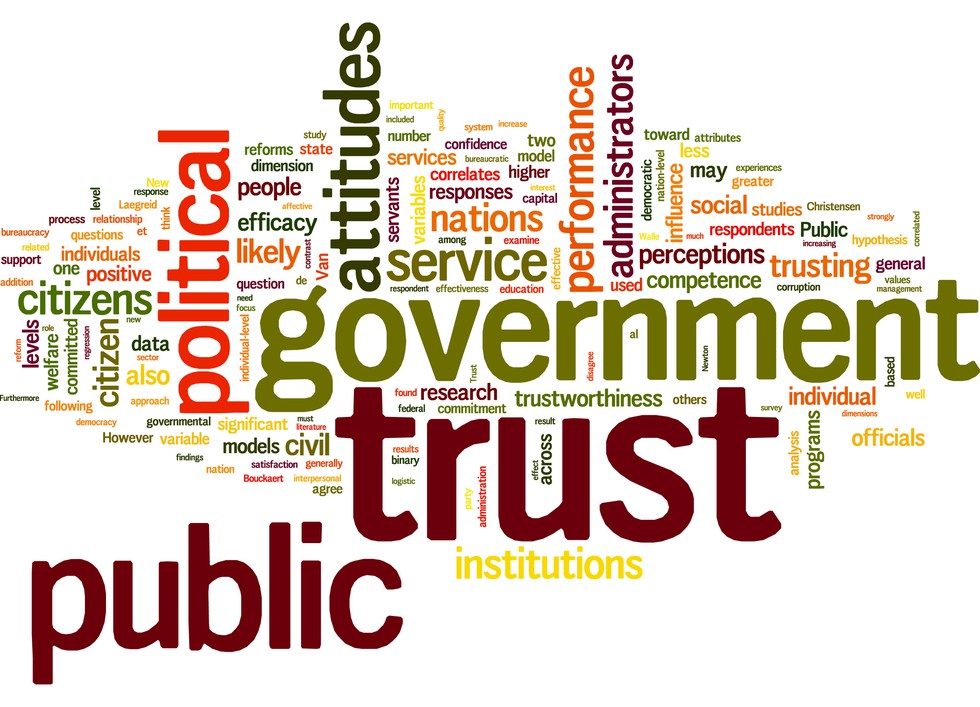
About:
- Name of the survey report: Politics and Society between Elections 2019.
- Bodies involved: The report has been published jointly by Azim Premji University and Lokniti.
- States/UTs covered in the survey: 12.
- Survey Objective: Apart from measuring institutional trust, the survey provides people’s views on governance, sexuality, gender, nationalism, populism, caste and religious identities.
Key findings of the survey:
- Political parties are the most distrusted political institutions in India. Political parties had a negative net trust rate of -55% (calculated as the percentage of respondent who trust them minus the percentage who do not). They are the only institutions with a negative net rate.
- The Army is the most trusted institution in the country, with an effective trust rate of 88%.
- The judiciary – including the Supreme Court, High Courts and district court – enjoys an effective trust rate of more than 60%.
- Almost 20% of those surveyed said that unemployment is the single biggest issue facing the country today. Other issues cited include development, growth and poverty (15%) and law, governance and corruption (13%).
Lokniti?
- The Lokniti Programme for Comparative Democracy was established in 1997 as a research programme of the Centre for the Study of Developing Societies (CSDS), Delhi.
- CSDS is an autonomous social science research institute primarily involved in studying the democratic and electoral politics of India. It was founded in 1963 by political scientist Rajni Kothari.
Prelims Pointers
March 27, 2019
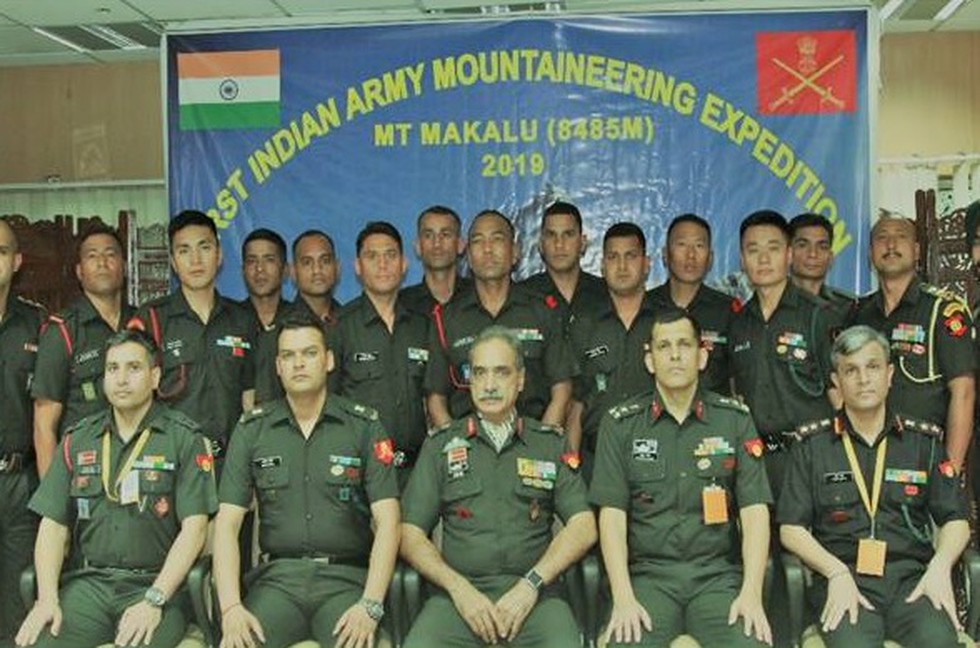
About:
- Height: Mount Makalu (8,485 m) is the fifth highest mountain in the world.
- Location: It is located in the Mahalangur Himalayas on the Nepal-china border.
- Recent expedition:
- Indian Army has launched its maiden expedition to Mt Makalu in March-May 2019 in furtherance of the objective of summiting all challenging peaks above 8000M.
- Summiting the Mount Makalu peak is considered extremely challenging due to inclement weather conditions and freezing temperatures.
- Indian Army has launched its maiden expedition to Mt Makalu in March-May 2019 in furtherance of the objective of summiting all challenging peaks above 8000M.
Highest mountain peaks?
Mount Everest (8,848 m) > K2 (8,611) > Kangchenjunga (8,586) > Lhotse (8,516) > Makalu (8,485).
Prelims Pointers
March 27, 2019
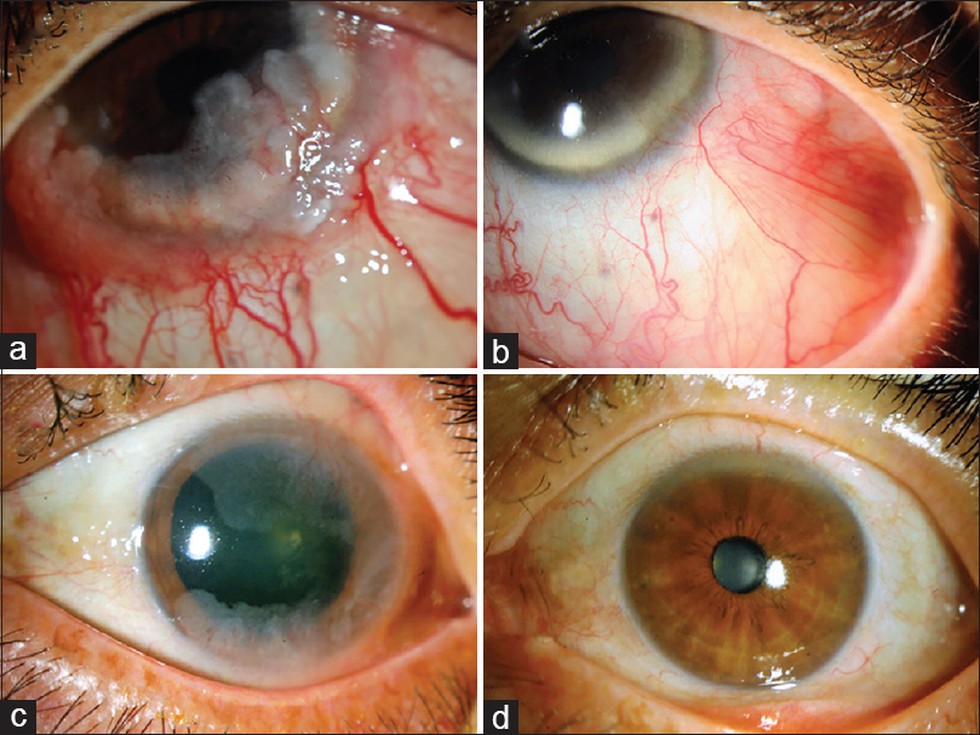
About:
- The technique involves custom-building of an advanced imaging microscope linked with computing and Artificial Intelligence (AI) operations.
- This Automated Non-Invasive Technique developed scans natural light given off by specific eye cells -- diseased cells -- that have their own unique 'light-wave signature'.
- Benefits: It offers the potential to reduce the need for biopsies, prevent therapy delays, and make treatment far more effective for patients.
Ocular Surface Squamous Neoplasia (OSSN)?
- Eye surface cancer is also known as Ocular Surface Squamous Neoplasia (OSSN).
- It is a common malignancy of the cornea and conjunctiva parts of the eye.
- OSSN encompasses a wide and varied spectrum of disease involving abnormal growth of dysplastic squamous epithelial cells on the surface of the eye.
Prelims Pointers
March 27, 2019
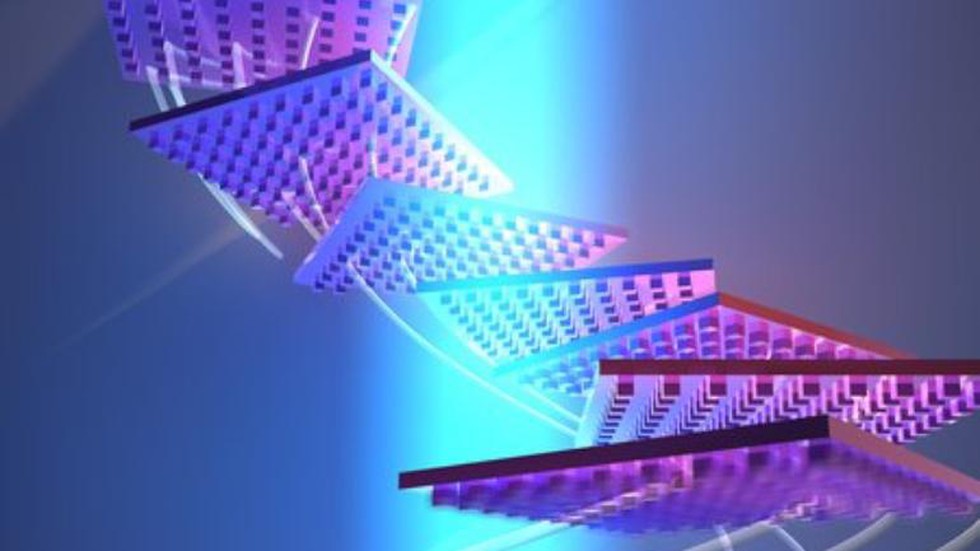
Background:
- Decades ago, the development of optical tweezers enabled scientists to move and manipulate tiny objects, like nanoparticles, using the radiative pressure from a sharply focused beam of laser light. This work formed the basis for the 2018 Nobel Prize in Physics.
- However, optical tweezers are only able to manipulate very small objects and only at very short distances.
Recent development:
- With the new research, published in the journal Nature Photonics, objects of many different shapes and sizes -- from micrometres to metres -- could be manipulated with a light beam.
- The key is to create specific nanoscale patterns on an object's surface. This patterning interacts with light in such a way that the object can right itself when perturbed, creating a restoring torque to keep it in the light beam.
- Thus, rather than requiring highly focused laser beams, the objects' patterning is designed to "encode" their own stability. The light source can also be millions of miles away.
- Potential applications:
- Though still theoretical, the work is a step toward developing a spacecraft that could reach the nearest planet outside of our solar system in 20 years, powered and accelerated only by light.
- The technology could also be used to enable rapid manufacturing of even smaller objects, like circuit boards.
- Though still theoretical, the work is a step toward developing a spacecraft that could reach the nearest planet outside of our solar system in 20 years, powered and accelerated only by light.
Levitation?
- Levitation is the process by which an object is held aloft, without mechanical support, in a stable position.
- Levitation is accomplished by providing an upward force that counteracts the pull of gravity, plus a smaller stabilizing force that pushes the object toward a home position whenever it is a small distance away from that home position.
- The force can be a fundamental force such as magnetic or electrostatic, or it can be a reactive force such as optical, buoyant, aerodynamic, or hydrodynamic.
Prelims Pointers
March 27, 2019
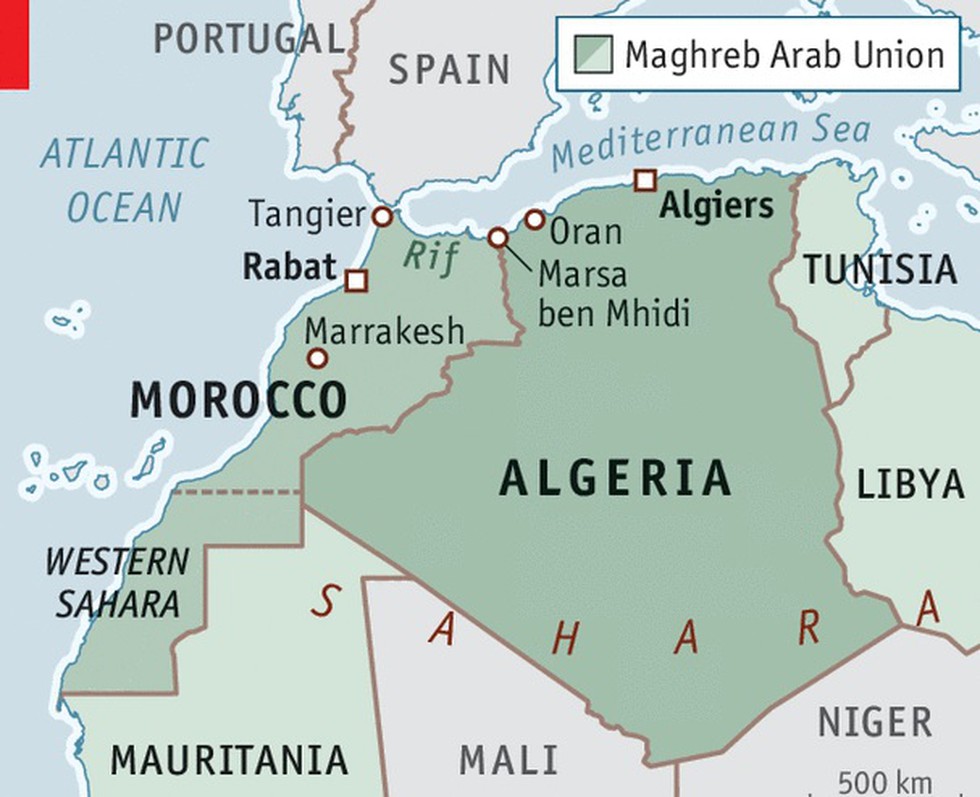
About:
- President Abdelaziz Bouteflika, the 82-year-old leader uses a wheelchair and has rarely appeared in public since suffering a stroke in 2013.
- However, Bouteflika said last month he would run for a fifth term in office, which triggered a wave of protests that brought hundreds of thousands into the streets.
Algeria?
- Location: Algeria is a country in the Maghreb region of North Africa.
- Capital: Algiers.
- Neighbours: Algeria is bordered by Tunisia, Libya, Morocco, Western Saharan territory, Mauritania, Mali, Niger and Mediterranean Sea.
- Size: Algeria is the tenth-largest country in the world and the largest in Africa.
- The Hoggar Mountains are a highland region in southern Algeria.
March 26, 2019
Prelims Pointers
March 26, 2019
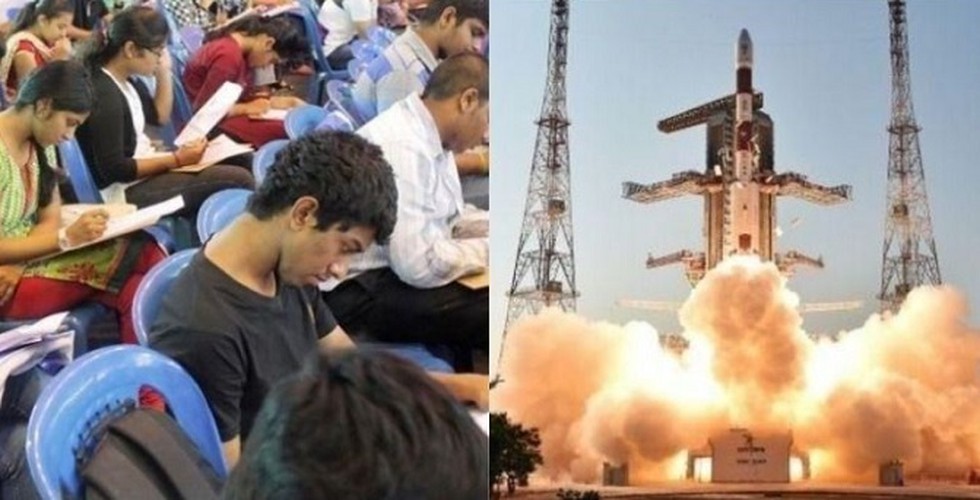
About:
- Full name: YUva VIgyani KAryakram (YUVIKA), also known as “Young Scientist Programme”.
- Launched in: March 2019.
- Parent agency: Indian Space Research Organisation (ISRO).
- Objective: To impart basic knowledge on Space Technology, Space Science and Space Applications to the school children with the intent of arousing their interest in the emerging areas of Space activities.
- Strategy:
- The residential training programme will be of around two weeks duration during summer holidays.
- It is proposed to select 3 students each from each State/ Union Territory to participate in this programme every year covering CBSE, ICSE and State syllabus.
- The residential training programme will be of around two weeks duration during summer holidays.
- Eligibility:
- Those who have just finished 9th standard (in the academic year 2018-19) and waiting to join 10th standard (or those who have started 10th Std just now) will be eligible for the programme.
- The selection is based on the academic performance and extracurricular activities.
- Students belong to the rural area have been given special weightage in the selection criteria.
- Those who have just finished 9th standard (in the academic year 2018-19) and waiting to join 10th standard (or those who have started 10th Std just now) will be eligible for the programme.
Prelims Pointers
March 26, 2019

About:
- This is the third All India Survey of voters with over 2.7 lakhs respondents in nearly all the constituencies of the Lok Sabha. The purpose is mainly to assess voters’ priorities.
- The first All India Survey was done before the 2014 Lok Sabha elections and the second one in 2017.
Key findings of All India Survey On Voting Behaviour 2018:
- Voters priorities: Better Employment Opportunities (46%), Better Health Care (34%) and Drinking Water (30%) are the top three voters’ priorities at the all India level.
- Criminalization of polity: Though 97 % interviewees felt that candidates with criminal background should not be in Parliament or State Assembly, 35% were willing to vote for a candidate with criminal records if the candidate had done good work in the past.
- Reasons for voters to vote for a candidate in an election:
- For 75% voters, CM candidate was the most important reason, followed by candidate’s party (71%) and the candidate (68%) himself/herself.
- For 41% voters, distribution of cash, liquor, gifts etc. was an important factor behind voting a particular candidate in an election.
- While deciding which candidate to vote for in an election, for 84% Indian voters, their own opinion mattered the most. However, for 6.1% and 6% voters, opinion of their Spouse and Family Members mattered the most, respectively.
- For 75% voters, CM candidate was the most important reason, followed by candidate’s party (71%) and the candidate (68%) himself/herself.
Association for Democratic Reforms (ADR)?
- The Association for Democratic Reforms (ADR) is a non-partisan, non-governmental organization which works in the area of electoral and political reforms.
- It was established in 1999 by a group of professors from the IIM Ahmedabad.
- ADR conducts Election Watches whereby detailed analysis of the backgrounds of candidates contesting elections was provided to the electorate in order to help them make an informed choice during polls.
Prelims Pointers
March 26, 2019
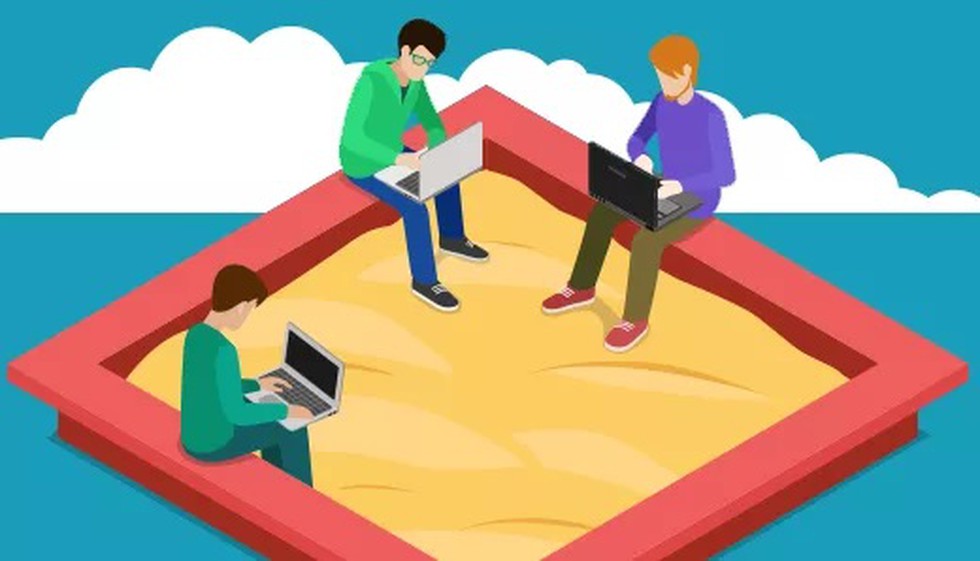
Background:
- Original Meaning: The word sandbox originally referred to the small box filled with sand where children play and experiment in a controlled environment. But gradually, the term has acquired new meanings.
- Meaning in the computer science world: A sandbox is a closed testing environment designed for experimenting safely with web or software projects.
Regulatory sandboxes:
- The concept is also being used in the digital economy arena, to refer to regulatory sandboxes.
- These are testing grounds for new business models that are not protected by current regulation, or supervised by regulatory institutions.
- A regulatory sandbox is a controlled mechanism within which the sector will be able to experiment with solutions in a closely-monitored ecosystem so that the risks do not spread outside it, and the reasons for failure can be analysed.
- Benefits: A regulatory sandbox would benefit fintech firms by way of reduced time to launch innovative products at a lower cost.
Prelims Pointers
March 26, 2019
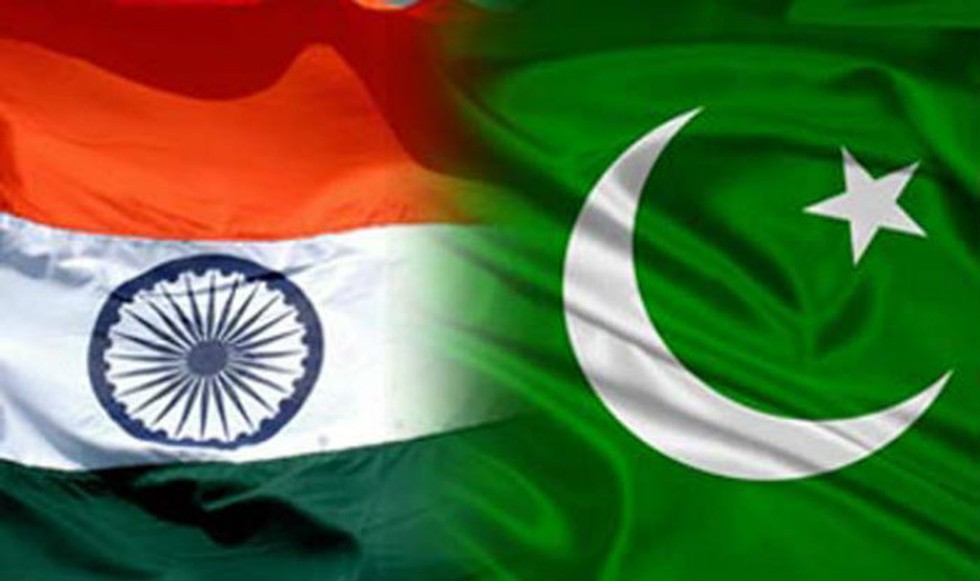
About:
- Etymology: Note verbale, a French term, literally means a verbal note, because it was meant to be delivered orally to the recipient. In modern times, it is a written note.
- What is it? A note verbale is a diplomatic communication from one government to another, delivered through each other’s diplomatic representatives.
- Features:
- Notes verbale are the commonest method of formal diplomatic communication. They are used to convey information or requests of all kinds.
- A note verbale is written on the sending entity’s letterhead, and stamped with that entity’s seal, but not signed.
- It is written in the third person.
- Notes verbale are the commonest method of formal diplomatic communication. They are used to convey information or requests of all kinds.
Other types of diplomatic communication?
- Demarche: It is a more formal type of communication of one government’s official position on a given subject to another government. Demarches are used to persuade, inform, gather information from a foreign government or to protest against its actions.
- Demi Official (DO): It is a first person communication that is signed and are used only when the addressee and the representative know each other extremely well and occupy high office.
- Non-Papers and Aide-Memoires: These are Less formal kinds of communication between governments. These are summaries of discussions between two countries.
- Non-Paper: It is written on a blank sheet of paper with no signatures and is addressed to no one, giving those party to the discussions deniability.
- Aide-Memoire: It needs to have an addressee, and indicates the sender’s identity, usually with an initial.
Prelims Pointers
March 26, 2019

About:
- Background: The NFFU was introduced from January 1, 2006, under the Sixth Pay Commission recommendations.
- Objective: It was introduced to offset financial loss faced by other central government services for lack of promotional avenues in comparison to the IAS. Under it those who lose out on promotions are knocked up to the next pay grade to financially compensate.
- Services covered under it: Over the years it has been extended to 53 group A services. It has also been extended to IPS and IFS officers under the government's orders.
Recent developments:
- The central government on March 13 opposed in the Supreme Court an Armed Forces' Tribunal order asking it to NFFU to the central armed forces.
- Now, defence Ministry has said that a certain section of the media is attempting to generate motivated controversy on the NFFU for Armed Forces while the case is still sub judice in the Supreme Court.
- It has requested all to allow the legal procedure in the Supreme Court to be completed.
Prelims Pointers
March 26, 2019

About:
- Objective: To change the regulatory landscape for the approval of new drugs and conduct of clinical trials in the country.
- Coverage: These rules will apply to all new drugs, investigational new drugs for human use, clinical trial, bioequivalence study and Ethics Committee.
- Application approval time: It has reduced the time for approving applications to 30 days for drugs manufactured in India and 90 days for those developed outside the country. In case of no communication from Drugs Controller General of India (DCGI), the application will be deemed to have been approved.
- Local clinical trial: The requirement of a local clinical trial may be waived for approval of a new drug if it is approved and marketed in any of the countries to be specified by the Drugs Controller General with the approval of the government.
- Safety in clinical trial: The new rules will ensure patient safety, as they would be enlisted for trials with informed consent. The ethics committee will monitor the trials and decide on the amount of compensation in cases of adverse events.
Prelims Pointers
March 26, 2019
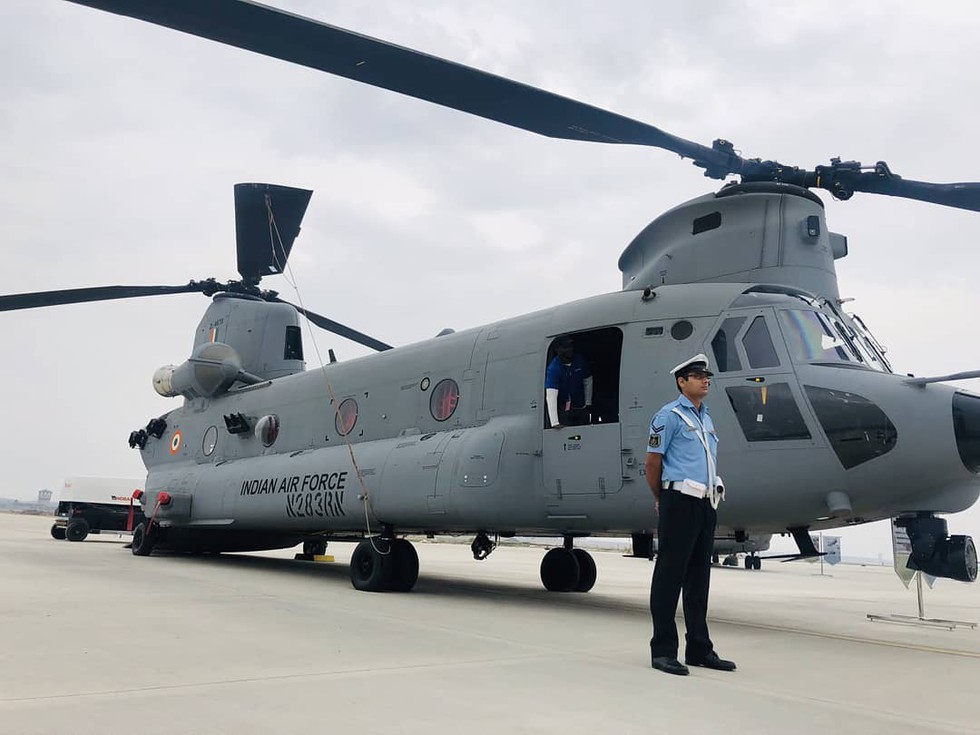
About:
- Timeline: The Indian Air Force (IAF) had signed a contract with M/s Boeing Ltd in 2015 for 15 Chinook helicopters. The first batch of four helicopters has been delivered on schedule and the last batch is to be delivered by March next year.
- Features: The helicopter is capable of airlifting diverse military and non-military loads into remote locations.
- Deployment location: These helicopters will be deployed in the northern and eastern regions of India. Besides Chandigarh, another unit will be created at Dinjan in Assam.
- Significance: The induction of Chinook will significantly improve airlift to high-altitude areas and rapid reaction capabilities along the western and eastern borders.
Prelims Pointers
March 26, 2019

About:
- Nomenclature: The Nuclear, Biological and Chemical Training Facility (NBCTF) is named as "Abhedya", meaning impenetrable in Sanskrit.
- Location: INS Shivaji in Lonavala. INS Shivaji, the premier technical training establishment of Indian Navy is celebrating its platinum jubilee year in 2019-20.
- Function: Abhedya will provide realistic training to naval personnel in detection, protection against and decontamination of nuclear, biological and chemical agents.
- Bodies involved: Goa Shipyard Limited (GSL) had signed the contract with Indian Navy for construction of NBCTF in 2016.
Prelims Pointers
March 26, 2019
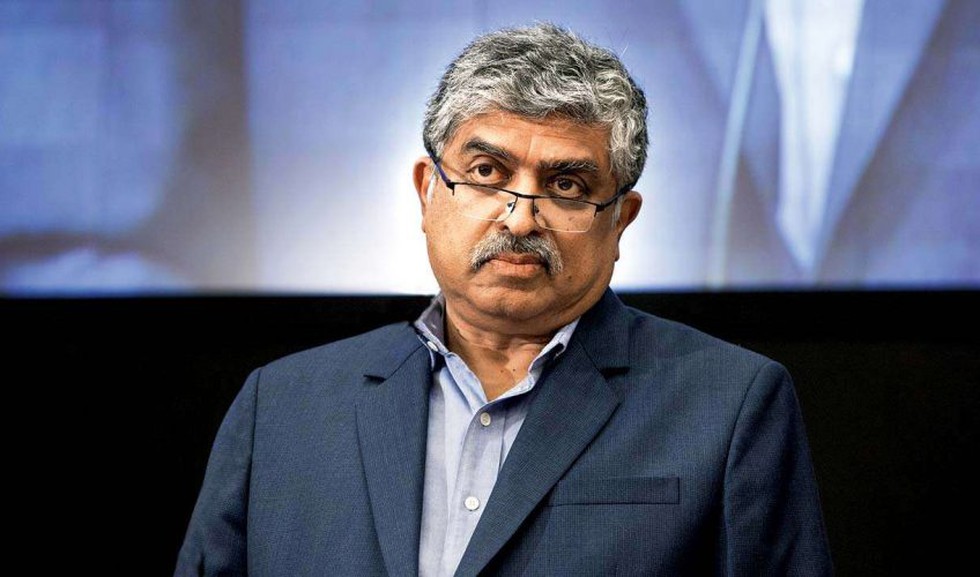
About:
- The committee has been constituted under the chairmanship of Nandan Nilekani.
- The RBI has requested the committee to give recommendations in 3 months in this regard.
- RBI Governor Shaktikanta Das was speaking at the inaugural event of Financial Technology (Fintech) Conclave being organized by NITI Aayog in New Delhi.
- Financial technology, often shortened to Fintech, is computer programs and a new technology innovation that aims to compete with traditional financial methods in the delivery of financial services.
Prelims Pointers
March 26, 2019
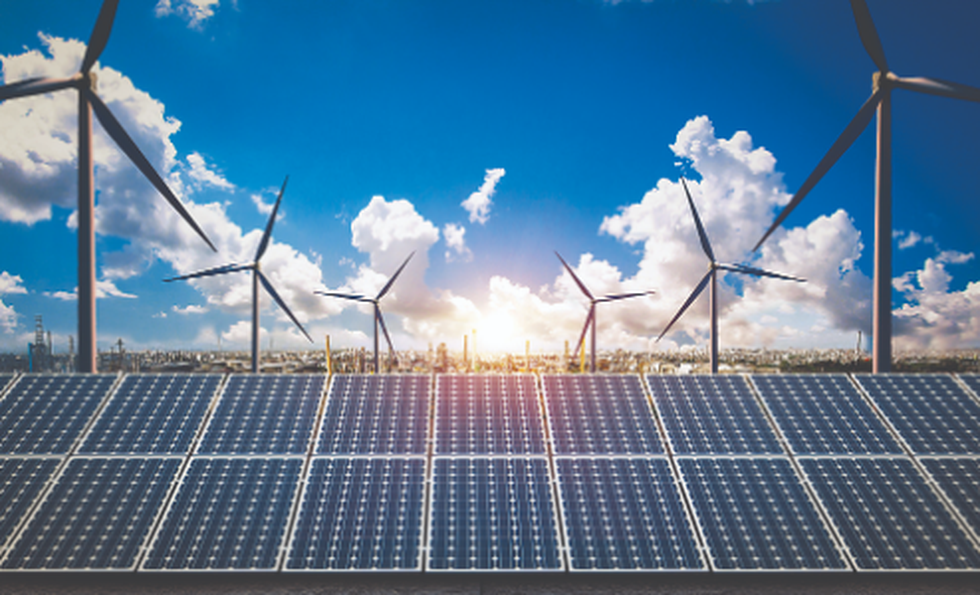
About:
- Released by: This annual list is compiled by Geneva-based World Economic Forum (WEF).
- Criteria: It has ranked 115 economies on how well they are able to balance energy security and access with environmental sustainability and affordability.
Key Findings:
- Top 3 countries: Sweden is ranked first followed by Switzerland and Norway.
- India: India has moved up two places to rank 76th. While India has scored low in terms of system performance, it ranks higher in readiness to adapt to future energy needs.
- Asia: Within Asia, Malaysia is ranked highest at 31st, Sri Lanka is 60th, Bangladesh 90th and Nepal 93rd. China is ranked even lower than India at 82nd position.
- BRICS: India is the second best in the BRICS economies, with Brazil being the best at 46th place globally. India is the only amongst the five economies to improve its rank since last year.
March 25, 2019
Prelims Pointers
March 25, 2019

About:
- The CBSE is introducing artificial intelligence as an optional 6th subject at Class IX from the session 2019-2020 onwards. To sensitise the new generation, it was also decided that schools may start AI "inspire module" of 12 hours at Class VIII itself.
- The board has also decided to introduce yoga and early childhood education as elective subjects at senior secondary level. The decision was taken considering the huge requirement of yoga professionals and early childhood educators.
Norms for Skill subjects:
- As per norms, a skill subject, at secondary level, may be offered as additional sixth subject along with the existing five compulsory subjects.
- And if a student fails in any one of the three elective subjects (science, mathematics and social science), then it will be replaced by the skill subject (offered as a 6th subject) and result of Class X will be computed based on best five subjects.
- However, if a student desires to reappear in the failed subject, he or she may appear along with the compartment examination.
Central Board of Secondary Education (CBSE)?
- The CBSE is a Board of Education for public and private schools, under the Union Government of India.
- Administration: The Board functions under the overall supervision of the Controlling Authority which is vested with the Secretary (School Education & Literacy), Ministry of Human Resource Development, Government of India.
- HQ: Delhi.
Prelims Pointers
March 25, 2019

About:
- Sulawesi is an island in It is one of the four Greater Sunda Islands.
- It is situated east of Borneo, west of the Maluku Islands, and south of Mindanao and the Sulu Archipelago. The Strait of Makassar runs along the western side of the island and separates the island from Borneo.
- Within Indonesia, it is smaller than Sumatra and larger than Java Island.
Sunda Plate?
- The Sunda Plate is a minor tectonic plate (Earlier, it was considered a part of the Eurasian Plate, but scientists have confirmed it to be an independent plate).
- Location: On Sunda plate, the majority of Southeast Asia is located. The plate includes South China Sea, Andaman Sea, parts of Vietnam, Thailand, Malaysia, Indonesia and Philippines.
- Neighboring plates:
- It is surrounded by convergent boundaries namely the Philippine Sea Plate to the East, and the Indo-Australian Plate to the South, which are subducting below it.
- Its northern boundary is characterised by its slow collision with the Eurasian Plate.
- Sunda Arc: The Sunda Arc is the area along the Sunda plate below which the Indo-Australian plate is being subducted. It extends from the Sumatra Island of Indonesia to Papua/New Guinea. The arc is characterized by a high degree of volcanic and seismic activity.
Prelims Pointers
March 25, 2019
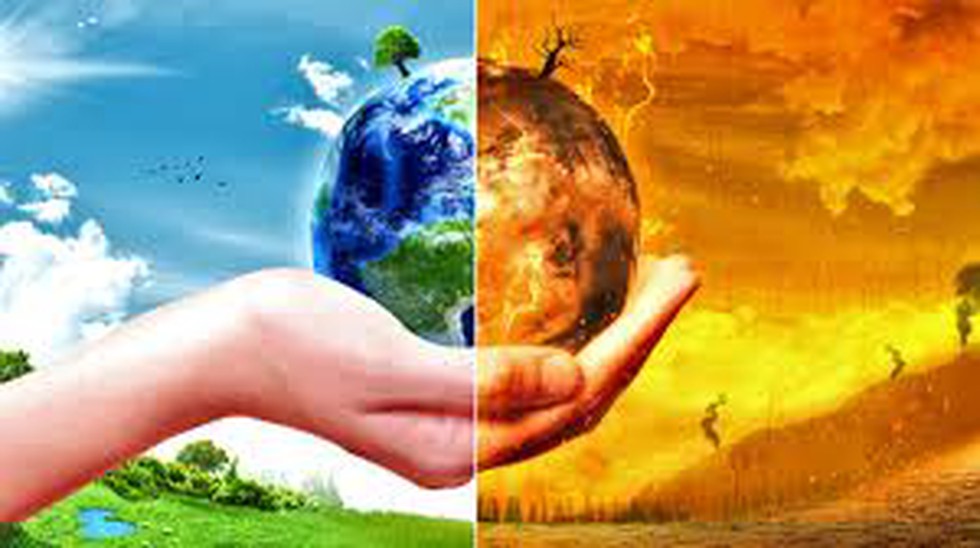
About:
- Parent ministry: The Indian Network for Climate Change Assessment (INCCA) is an initiative of the Ministry of Environment and Forests.
- Background: Government of India announced the launch of the INCCA in 2009.
- Features:
- It is a network-based programme, which consists of over 120 institutions and over 250 scientists country wide.
- It is designed to undertake a range of activities in the area of climate change, e.g. science, impacts, vulnerability, mitigation and adaptation.
- It is a network-based programme, which consists of over 120 institutions and over 250 scientists country wide.
Prelims Pointers
March 25, 2019
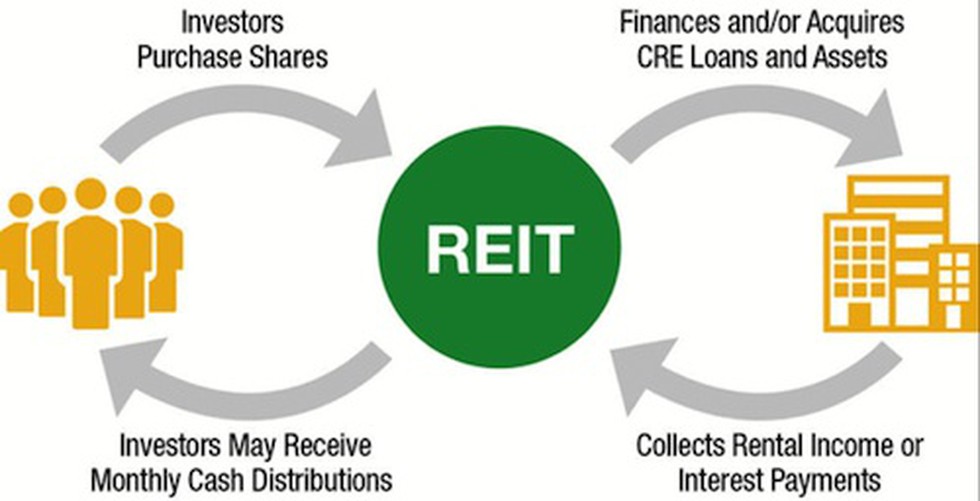
About:
- Real Estate Investment Trust (REIT) is an investment vehicle that provides an opportunity to invest in various projects by only investing in the units of a sponsor entity that will manage the paperwork and may be, even the hindrances of investing in the real estate market.
- Working:
- It is like a mutual fund through which one can invest small amounts and own units representing shares of various large companies.
- REIT offers investors an opportunity to own units of commercial real estate.
- The sponsor entity launches an REIT that owns the properties and then leases them to earn rental income, which is then distributed among the unit holders.
- REIT regulations mandate the distribution of 90% of the rental income to unit holders. The remaining 10% can be used for business purposes.
- It is like a mutual fund through which one can invest small amounts and own units representing shares of various large companies.
- Benefits:
- There is ease of investment as investing in REIT is just like investing in direct equity that can be done through a demat account.
- It also gives an opportunity to invest in commercial properties that will earn rental income (Commercial properties typically earn more rent than residential properties).
- Since REIT is a publicly listed and traded instrument, liquidity is not much of a concern.
- REIT is expected to bring transparency and liquidity in the real estate sector.
- It also allows domestic and global investors invest in the real estate sector through a well-regulated investment vehicle.
- There is ease of investment as investing in REIT is just like investing in direct equity that can be done through a demat account.
- Risks involved in investing in REIT:
- A downturn in the real estate sector would impact rental income and also, capital appreciation.
- Rentals would also be under pressure if the real estate inventory is huge due to lack of demand.
- Real estate has been a preferred personal investment avenue for Indian investors for many years. So, increasing the exposure through REIT might not serve any purpose.
- Real estate sector also suffers from litigation and compliance issues like title dispute, settlement of project affected people, environment clearance, state & central laws and political interference among others that can enhance the investment risks.
- A downturn in the real estate sector would impact rental income and also, capital appreciation.
Prelims Pointers
March 25, 2019

About:
- The Conclave will be featuring representatives from across the financial space – central ministries, regulators, bankers, start-ups, service providers and entrepreneurs.
- The objective is to deliberate steps for India’s rise in Financial Technology (FinTech) and to deepen financial inclusion.
Do you know?
- India is one of the fastest growing FinTech markets globally and industry research has projected that USD 1 Trillion or 60% of retail and SME credit, will be digitally disbursed by 2029.
- The Indian FinTech ecosystem is the third largest in the globe, attracting nearly USD 6 billion in investments since 2014.
- Government of India’s efforts focused on Digital India and developing India Stack including Voluntary Aadhaar for financial inclusion have evoked significant interest from various stakeholders in the area of FinTech.
Prelims Pointers
March 25, 2019
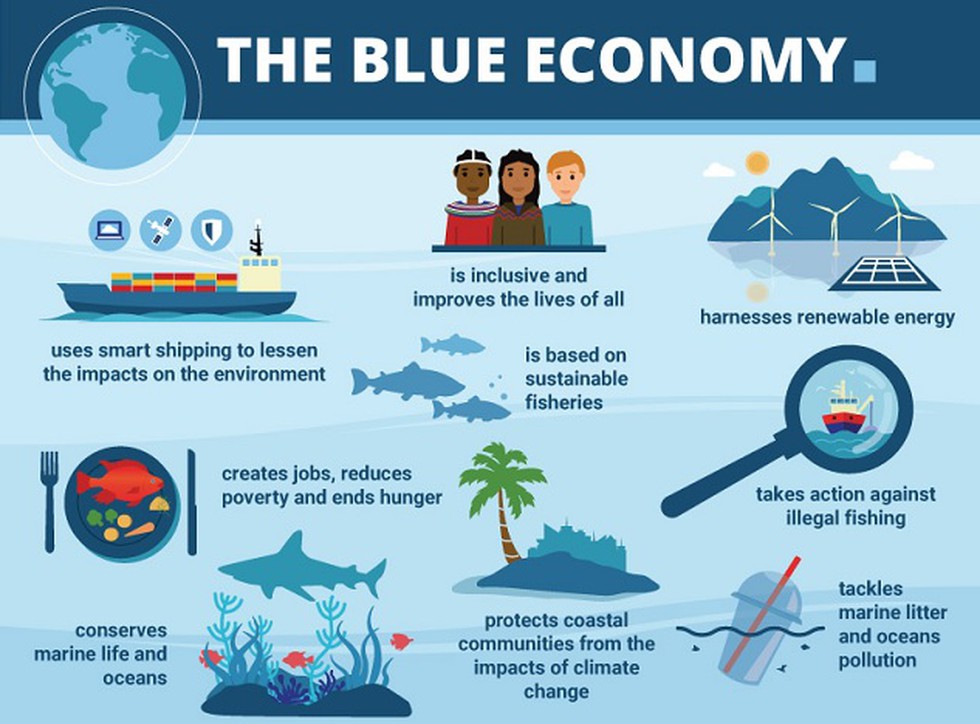
About:
- Parent Body: The National Institute of Oceanography (NIO) is one of the 37 constituent laboratories of the Council of Scientific & Industrial Research (CSIR), New Delhi.
- Location: NIO is headquartered at Dona Paula, Goa, and has regional centres at Kochi, Mumbai and Visakhapatnam.
- History: NIO was established in 1966 following the International Indian Ocean Expedition (IIOE) in the 1960s.
- Functions:
- It is a multi-disciplinary oceanographic research institute. The major research areas include the four traditional branches of oceanography - biological, chemical, geological/geophysical, and physical – as well as ocean engineering, marine instrumentation and marine archaeology.
- It also operates two research vessels RV Sindhu Sankalp (56 m) and RV Sindhu Sadhana (80 m) that are equipped for multidisciplinary oceanographic observations.
- CSIR-NIO serves as an advanced centre of education in ocean sciences. It has a School of Oceanography under the Academy of Scientific & Innovative Research (AcSIR).
- It is a multi-disciplinary oceanographic research institute. The major research areas include the four traditional branches of oceanography - biological, chemical, geological/geophysical, and physical – as well as ocean engineering, marine instrumentation and marine archaeology.
Blue Economy?
- Government is implementing a Central Plan Scheme on “Blue Revolution: Integrated Development and Management of Fisheries” to achieve economic prosperity through utilization of full potential of water resources for development of fisheries in a sustainable manner.
- Government has also notified the ‘National Policy on Marine Fisheries, 2017’ (NPMF), to provide guidance for promoting ‘Blue Growth Initiative’ which focus on ushering ‘Blue Revolution’ (Neeli Kranti) by sustainable utilization of fisheries wealth from the marine for improving the lives and livelihoods of fishermen and their families.
- The ‘Blue Revolution’ encompasses elements of the ‘Blue Growth Initiative’.
Prelims Pointers
March 25, 2019

About:
- Objective: To raise the stature of the teaching profession; Award is given to an exceptional teacher who has made an outstanding contribution to the profession.
- Established by: The Varkey Foundation.
- Established in: 2014.
- Eligibility:
- The Prize is open to teachers in every kind of school and, subject to local laws, in every country in the world.
- Teachers must spend at least 10 hours per week teaching children face-to-face, and plan to remain in the teaching profession for the next 5 years.
- The Prize is open to teachers in every kind of school and, subject to local laws, in every country in the world.
- Prize money: One-million-dollar.
- The Varkey Foundation is a global charitable foundation focused on improving the standards of education for underprivileged children.
- It was formed in 2010 by Non-Resident Indian (NRI), Dubai-based businessman Sunny Varkey, the founder and chairman of GEMS Education, the world's largest operator of kindergarten-to-grade-12 schools.
Prelims Pointers
March 25, 2019
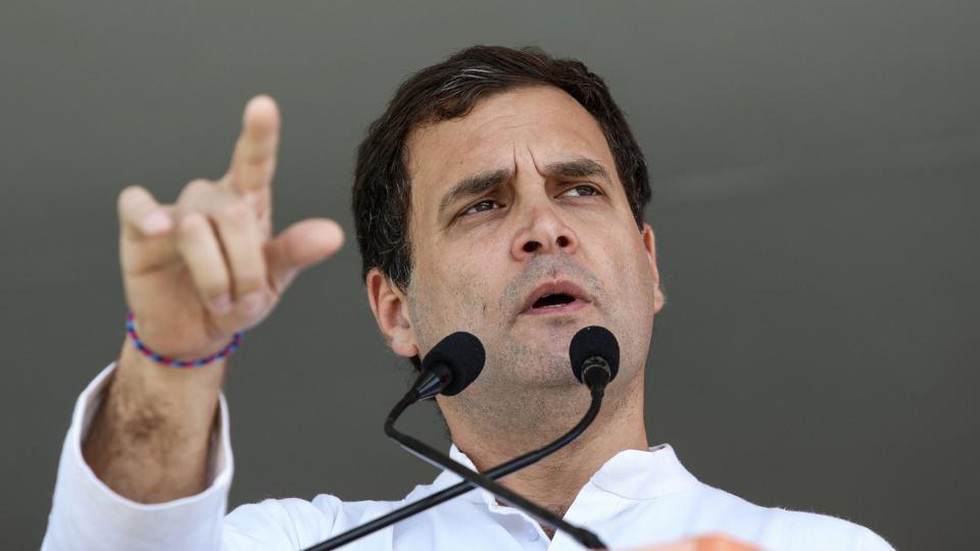
About:
- Present status:
- According to Section 33(7) of the Representation of the People Act, 1951, a person can contest a general election or a group of bye-elections or biennial elections from a maximum of 2 constituencies.
- The list of leaders who contested from more than one seat includes Indira Gandhi, Biju Patnaik, N T Rama Rao and Prime Minister Narendra Modi.
- According to Section 33(7) of the Representation of the People Act, 1951, a person can contest a general election or a group of bye-elections or biennial elections from a maximum of 2 constituencies.
- Reasons for contesting from multiple seats:
- Stopping candidates from contesting from two different constituencies, infringes on a person’s right to contest the polls and curtails the polity’s choice of candidates.
- It provides insurance against any shock defeat.
- It allows candidates to provide attention to more than one region in an electoral contest.
- Stopping candidates from contesting from two different constituencies, infringes on a person’s right to contest the polls and curtails the polity’s choice of candidates.
- Opposition:
- When a candidate contests from two seats, it is imperative that he/she has to vacate one of the two seats should he win both.
- This leads to consequent unavoidable financial burden on the public exchequer and the manpower and other resources for holding by-election against the resultant vacancy.
- It would also be an injustice to the voters of the constituency which the candidate is quitting from.
- When a candidate contests from two seats, it is imperative that he/she has to vacate one of the two seats should he win both.
- Suggestions:
- Amend Section 33(7) of the Representation of People Act to prevent candidates from contesting on multiple seats.
- In case the present provision is retained then the person, contesting and winning from two seats, should bear the cost of the by-election after he quits one constituency. The amount could be Rs. 5 lakhs for state assembly and Rs 10 lakh for general election.
- Amend Section 33(7) of the Representation of People Act to prevent candidates from contesting on multiple seats.
Prelims Pointers
March 25, 2019
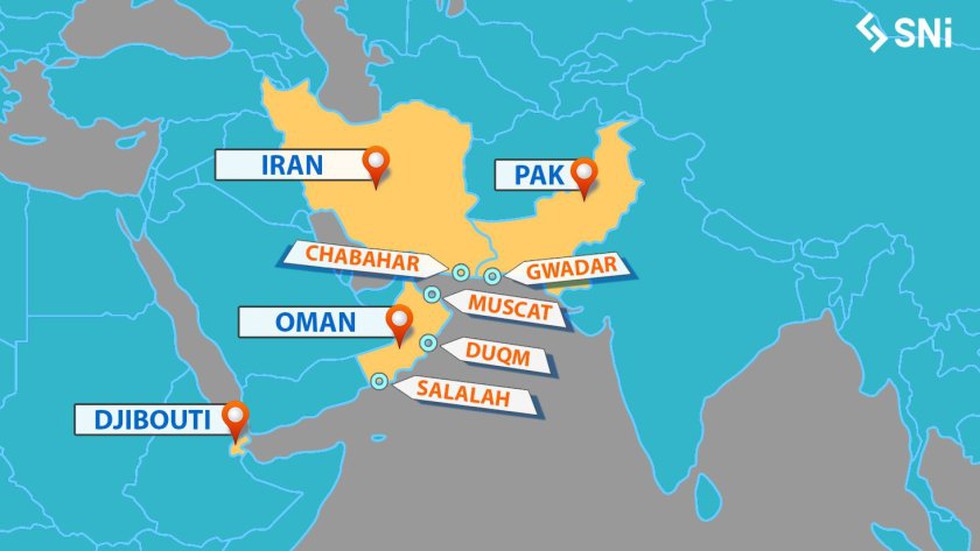
About:
- Duqm port is located in southern Oman on the Arabian Sea and around 500 kilometres from the Strait of Hormuz.
- The port sits on the northwestern edge of the Indian Ocean and also provides easy access onward into the Red Sea through the Gulf of Aden, which is crucial to global energy supplies.
- The recent framework agreement is aimed at bolstering Omani-American military relations.
Do You Know?
- In 2018, India and Oman finalized an agreement that will allow India gain access to the strategically located port of Duqm.
- The Indian Navy will be able to use the port for logistics and support, allowing it to sustain long-term operations in the western Indian Ocean, a hotspot for piracy in the area.
- Most significantly, India’s access to Duqm will be an important factor in the now long-running contest for influence in the Indian Ocean against China.
Prelims Pointers
March 25, 2019
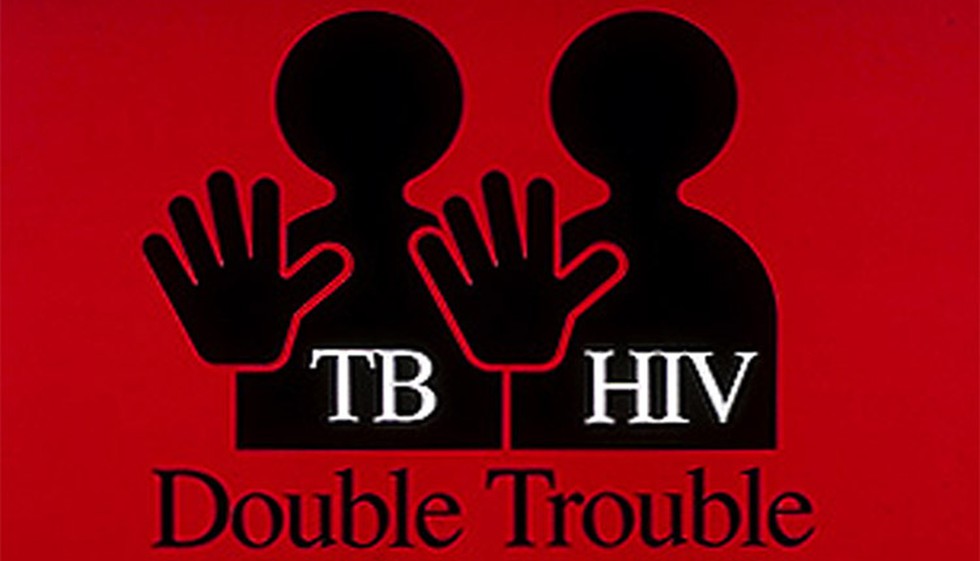
About:
- It is the highest recorded decline among over 20 nations and it is also three years ahead of the 2020 deadline.
- UNAIDS has urged countries to step up action to meet the 2020 target of reducing TB deaths among people living with HIV by 75 %, as outlined in the 2016 United Nations Political Declaration on Ending AIDS.
- World Health Organisation estimates show that globally, TB deaths among people living with HIV have fallen by 42 per cent since 2010.
UNIADS?
- Full name: The Joint United Nations Programme on HIV and AIDS (UNAIDS).
- Type: Non-governmental organization, Joint Programme.
- UNAIDS is the only cosponsored Joint Programme in the United Nations system.
- It is the only United Nations entity with civil society represented on its governing body.
- Mission:
- To prevent the HIV/AIDS epidemic from becoming a severe pandemic.
- It promotes the GIPA principle (greater involvement of people living with HIV) formulated in 1994, and endorsed by the United Nations in 2001 and 2006.
- Headquarters: UNAIDS is headquartered in Geneva, Switzerland, where it shares some site facilities with the World Health Organization (WHO).
- Parent organization: United Nations Economic and Social Council.
- Established in: 1994.
March 24, 2019
Prelims Pointers
March 24, 2019
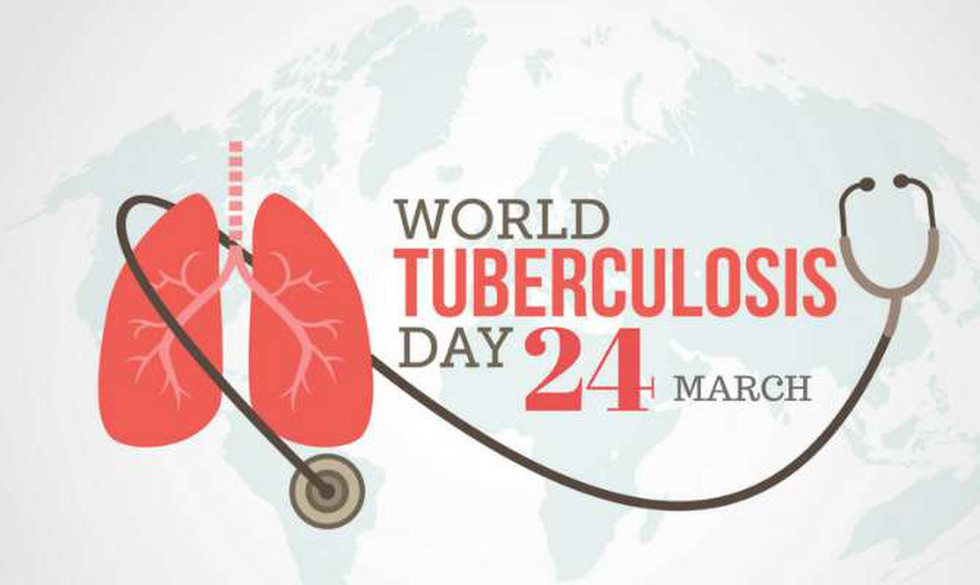
About:
- Objective: To build public awareness about the global epidemic of tuberculosis (TB).
- Date of observance: It is observed every year on 24th March, to commemorate the anniversary of Dr. Robert Koch’s discovery of the Tuberculosis (TB) bacteria in 1882.
- It is one of the eight official global public health campaigns marked by the World Health Organization (WHO). The other 7 are: World Health Day, World Blood Donor Day, World Immunization Week, World Malaria Day, World No Tobacco Day, World Hepatitis Day and World AIDS Day.
- Indian Scenario: India has committed to end TB by 2025, five years ahead of the global targets.
Prelims Pointers
March 24, 2019
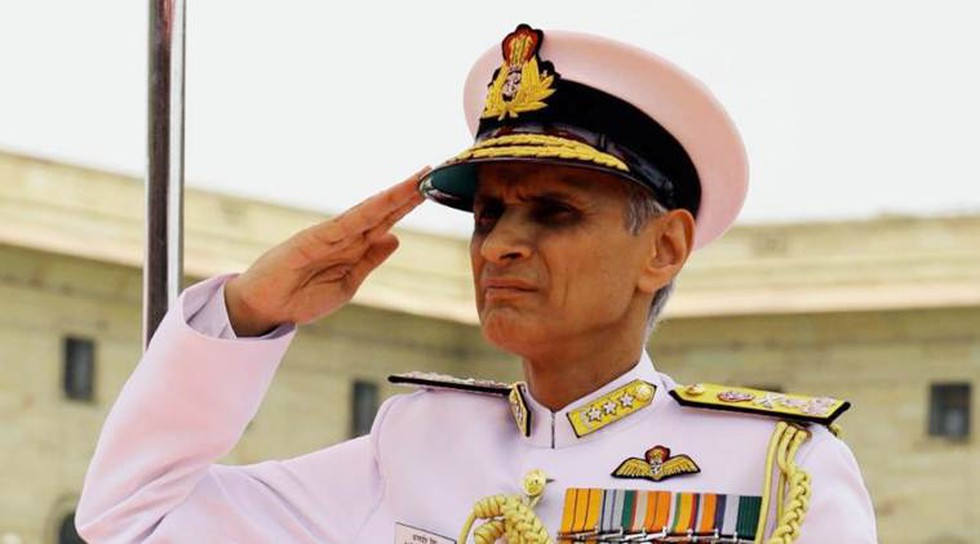
About:
- Status: The Chief of the Naval Staff is the commander and the highest-ranking officer in the Indian Navy. The position is usually held by a four-star officer in the rank of Admiral.
- Parent act: The office of the Chief of the Naval Staff was created by The Commanders-In-Chief (Change in Designation) Act of the Indian Parliament in 1955, replacing the erstwhile office of the Commander-in-Chief, Indian Navy.
- Appointment authority: Appointments to the office are made by the Appointments Committee of the Cabinet (ACC).
- Tenure: The Chief of the Naval Staff generally reaches superannuation upon serving three years or at the age of 62, whichever is earlier.
Prelims Pointers
March 24, 2019
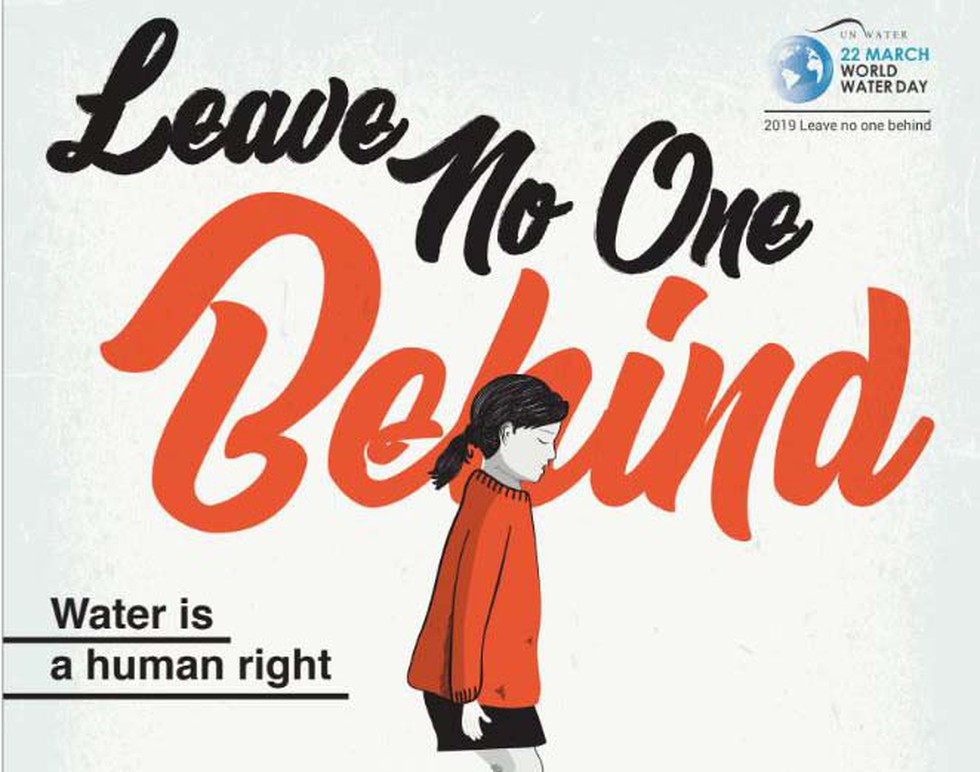
About:
- World Water Day is an annual UN observance day.
- Date of observance: 22 March.
- Objective: To advocate for the sustainable management of freshwater resources. The focus on universal access to clean water, sanitation and hygiene (WASH) is in line with the targets of Sustainable Development Goal 6.
- History: This day was first formally proposed in Agenda 21 of the 1992 United Nations Conference on Environment and Development in Rio de Janeiro. In 1993, the first World Water Day was observed.
- Bodies involved: UN-Water is the convener for World Water Day.
- Theme for 2019: "Leaving no one behind". It encourages people to consider marginalized groups as these are often overlooked and discriminated against when they try to access safe water.
- UN World Water Development Report (WWDR): It is released each year around World Water Day.
- On the occassion, the Ministry of Drinking Water and Sanitation organised a two day National Workshop on Management of Grey Water in Rural Areas and Arsenic and Fluoride Remediation in collaboration with IIT Madras with support from UNICEF India.
Greywater?
- Greywater is gently used water from your bathroom sinks, showers, tubs, and washing machines. It is not water that has come into contact with feces, either from the toilet or from washing diapers.
- Greywater may contain traces of dirt, food, grease, hair, and certain household cleaning products.
- While greywater may look “dirty,” it is a safe and even beneficial source of irrigation water in a yard. If greywater is released into rivers, lakes, or estuaries, its nutrients become pollutants, but to plants, they are valuable fertilizer.
Prelims Pointers
March 24, 2019
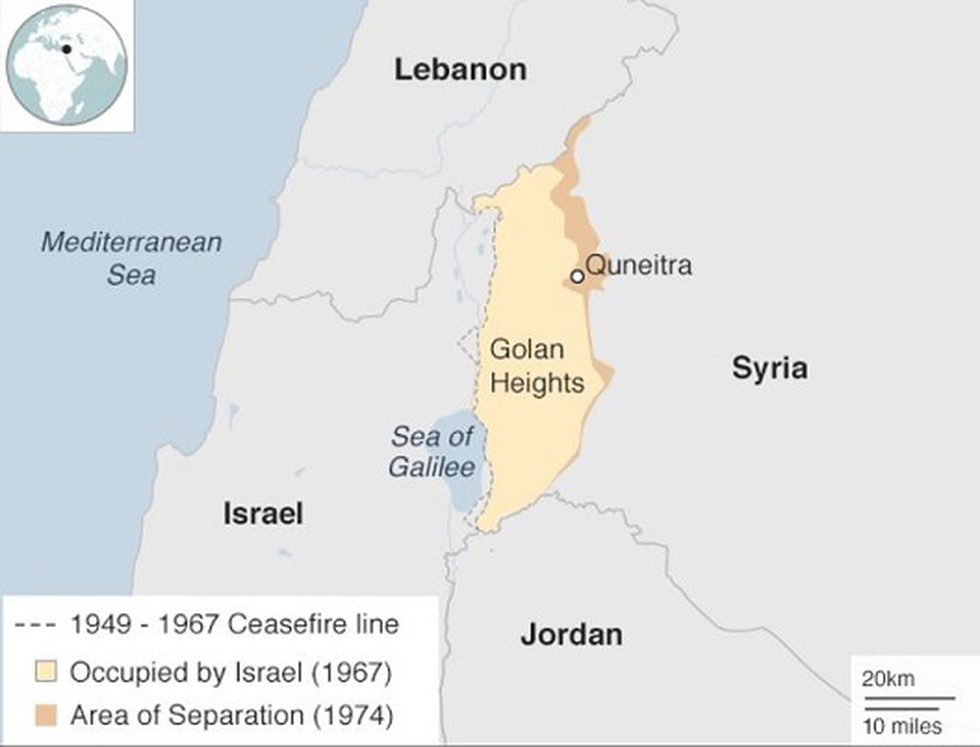
About:
- Geography:
- The Golan Heights, a rocky plateau in south-western Syria, borders Israel, Lebanon and Jordan.
- The area is hilly and elevated, overlooking the Jordan Rift Valley which contains the Sea of Galilee and the Jordan River, and is itself dominated by the Mount Hermon.
- The Golan Heights, a rocky plateau in south-western Syria, borders Israel, Lebanon and Jordan.
- Demography:
- More than 40,000 people live on the Israeli-occupied Golan, more than half of them Druze residents. The Druze are an Arab minority who practice an offshoot of Islam.
- After annexing the Golan, Israel gave the Druze the option of citizenship, but most rejected it and still identify as Syrian.
- About another 20,000 Israeli settlers also live there.
- More than 40,000 people live on the Israeli-occupied Golan, more than half of them Druze residents. The Druze are an Arab minority who practice an offshoot of Islam.
- History of conflict:
- The Golan Heights were part of Syria until 1967, when Israel captured most of the area in the Six Day War, occupying it and annexing it in 1981.
- Syria tried to regain the Heights in the 1973 Middle East war, but was thwarted. Israel and Syria signed an armistice in 1974 and the Golan had been relatively quiet since.
- That unilateral annexation was not recognised internationally, and Syria demands the return of the territory.
- The Golan Heights were part of Syria until 1967, when Israel captured most of the area in the Six Day War, occupying it and annexing it in 1981.
- Significance of Golan heights:
- Israel says that the civil war in Syria demonstrates the need to keep the plateau as a buffer zone between Israeli towns and the instability of its neighbour.
- Israel's government says it also fears that Iran, an ally of Syrian President Bashar al-Assad, is seeking to establish itself permanently on the Syrian side of the border in order to launch attacks on Israel.
- Both sides covet the Golan's water resources and naturally fertile soil.
- Israel says that the civil war in Syria demonstrates the need to keep the plateau as a buffer zone between Israeli towns and the instability of its neighbour.
- Recent statement by Trump:
- The recent statement follows Trump's decision in December 2017 to recognise Jerusalem as the capital of Israel and to move the US Embassy to the city, which delighted Israel but infuriated Palestinians and many Arab political and religious leaders.
- The Golan announcement is likely to further complicate Trump's long-awaited plan to resolve the Israeli-Palestinian conflict.
- The recent statement follows Trump's decision in December 2017 to recognise Jerusalem as the capital of Israel and to move the US Embassy to the city, which delighted Israel but infuriated Palestinians and many Arab political and religious leaders.
Prelims Pointers
March 24, 2019
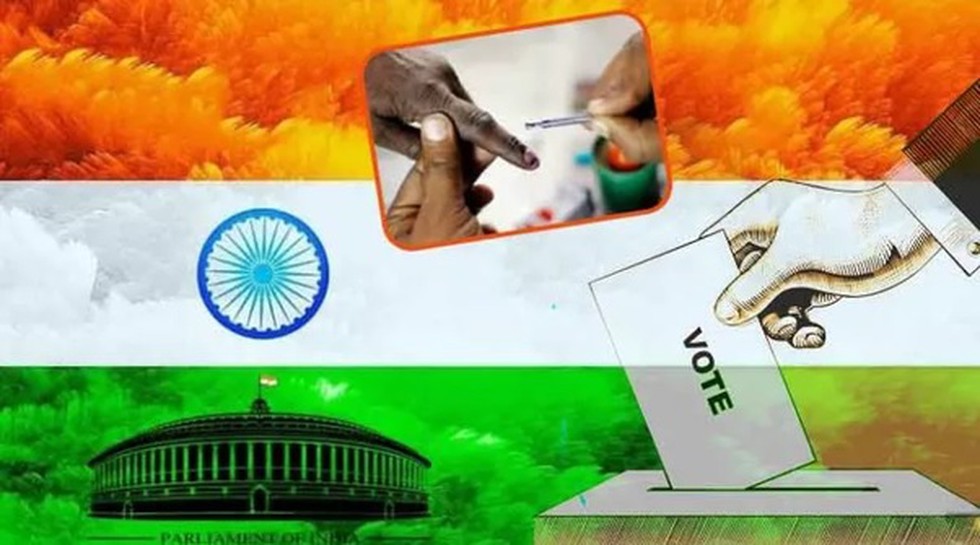
About:
- Opinion vs exit polls:
- An opinion poll is a pre-election survey to gather voters’ views on a range of election-related issues.
- An exit poll, on the other hand, is conducted immediately after people have voted, and assesses the support for political parties and their candidates.
- An opinion poll is a pre-election survey to gather voters’ views on a range of election-related issues.
- Rules on exit polls:
- In multi-phase elections it is prohibited to conduct exit polls from the first phase till the last phase of elections.
- After last phase you can conduct an exit poll and publish your result. Then there is no harm in that. This was done with the introduction of Section 126(A) in the Representation of the People Act in 2009.
- In multi-phase elections it is prohibited to conduct exit polls from the first phase till the last phase of elections.
- Arguments in favour of restrictions on exit polls during a multi-phase election:
- It can be controversial if the agency conducting them is perceived to be biased.
- The projections of these surveys can be influenced by the choice, wording and timing of the questions, and by the nature of the sample drawn.
- Political parties often allege that many opinion and exit polls are motivated and sponsored by their rivals, and could have a distorting effect on the choices voters make.
- It can be controversial if the agency conducting them is perceived to be biased.
- Opposition by Media on ban: Media contends that it violates their fundamental right of free speech and expression.
Prelims Pointers
March 24, 2019
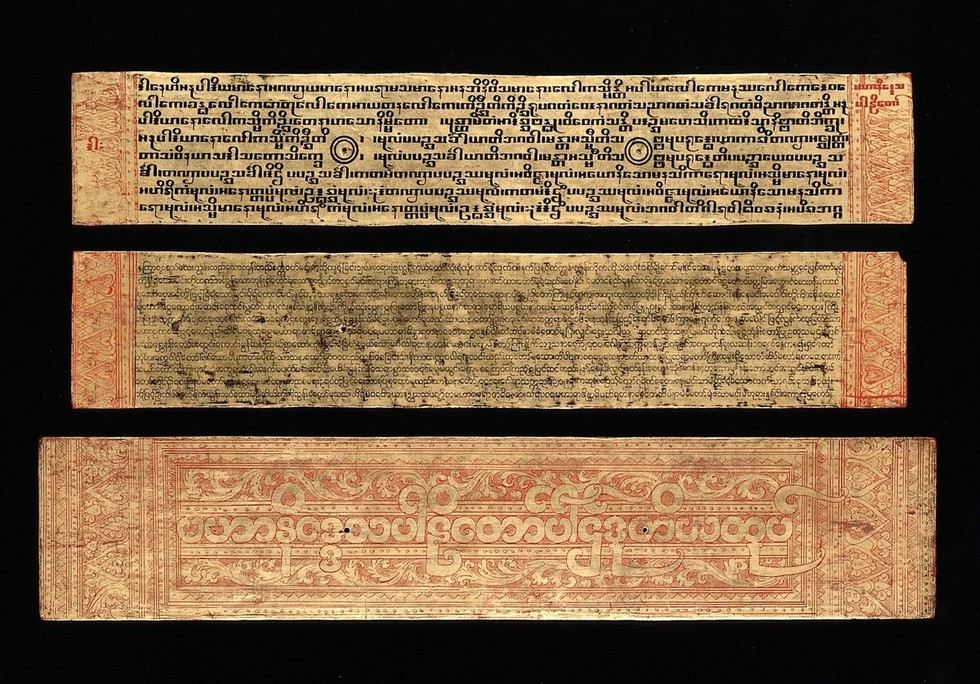
About:
- The Tripiṭaka is the traditional term for the Buddhist scriptures.
- Buddha’s teachings were initially propagated through word of mouth for generations till the Tripitaka was finally written down in Sri Lanka about 100 years BC.
- The teachings are contained in three volumes titled ‘Sutta, Vinaya and Abhidhamma’.
- The Vinaya Pitaka's primary subject matter is the monastic rules for monks and nuns.
- The Sutta Pitaka contains more than 10,000 suttas (teachings) attributed to the Buddha or his close companions.
- The Abhidhamma Piṭaka is a detailed scholastic analysis and summary of the Buddha's teachings in the Suttas.
- The Vinaya Pitaka's primary subject matter is the monastic rules for monks and nuns.
- They were first compiled and written on palm leaves with more than 1000 monks involved in the task in Aluvihare near Matale.
- Much of the surviving Tripiṭaka literature is in Pali, with some in Sanskrit as well as other local Asian languages.
Prelims Pointers
March 24, 2019
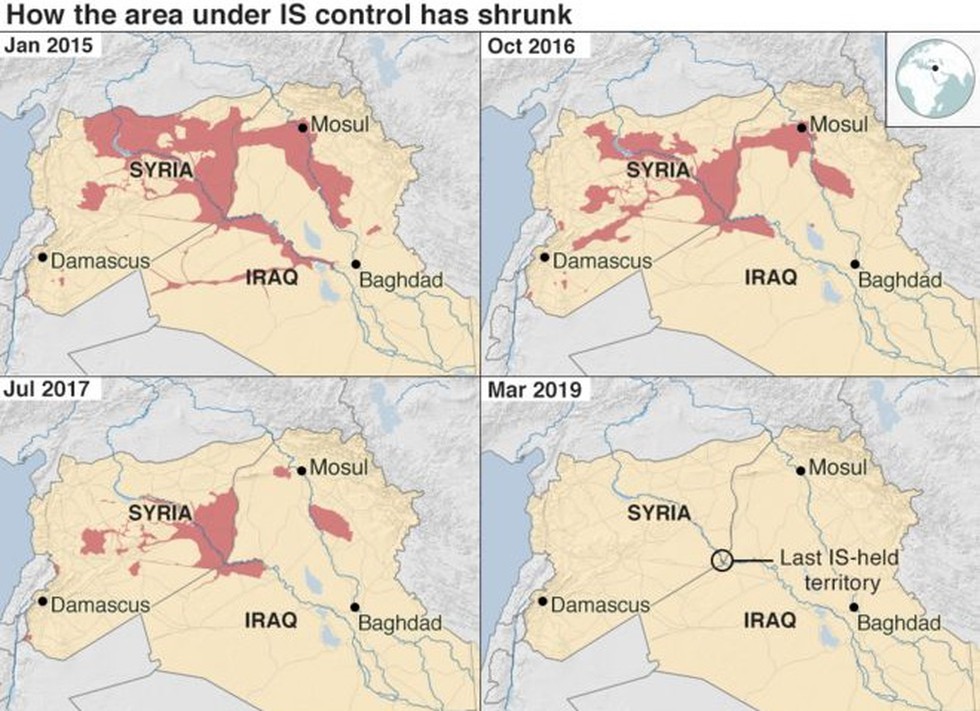
About:
- A US-backed alliance of Syrian fighters has announced that the jihadist group Islamic State (IS) has lost the last pocket of territory in Syria it controlled, bringing a formal end to the "caliphate" it proclaimed in 2014.
- Despite the demise of its physical caliphate, IS remains a battle-hardened and well-disciplined force whose "enduring defeat" is not assured. And if pressure on the group is not sustained, IS "could likely resurge in Syria within six to 12 months.
- What next for IS? In Iraq, where the government declared victory in December 2017, the jihadist group has already "substantially evolved into a covert network". It is organising cells at the provincial level, replicating the key leadership functions," The IS network in Syria is expected to evolve to resemble that in Iraq.
Islamic State in Iraq and Syria (ISIS): Key facts?
- It Started as an al Qaeda splinter group.
- It is also known as Islamic State in Iraq and the Levant (ISIL) and Islamic State (IS).
- ISIS aims to create an Islamic state called a caliphate across Iraq, Syria and beyond. The group is implementing Sharia Law, rooted in eighth-century Islam, to establish a society that mirrors the region's ancient past.
- IS once controlled 88,000 sq km of territory stretching from western Syria to eastern Iraq. It imposed its brutal rule on almost eight million people, generating billions of dollars in revenue from oil, extortion, robbery and kidnapping. ISIS uses modern tools like social media to promote reactionary politics and religious fundamentalism.
Prelims Pointers
March 24, 2019

About:
- In Mali, at least 115 people have been killed in one of the deadliest attack by the fighters of an ethnic militant group at the Fulani village of Ogossagou-Peul of the central province.
- Militants from the Dogon group, known as Dan Na Ambassagou, have been blamed for scores of attacks over the past year.
- Clashes between Dogon hunters and semi-nomadic Fulani herders usually take place over access to land and water. The Dogon also accuse Fulanis of ties to terror groups. The Fulanis claim that Mali's military has armed the hunters to attack them.
Mali?
- Neighbours: Mali is a landlocked country in West Africa. It shares land borders with 7 countries namely – Algeria, Burkina Faso, Niger, Cote d'Ivoire, Guinea, Mauritania, Senegal.
- Capital: Bamako.
- Rivers: The largest rivers in Mali are the Niger and Senegal. The Niger River is considered to be Mali's lifeblood.
Prelims Pointers
March 24, 2019
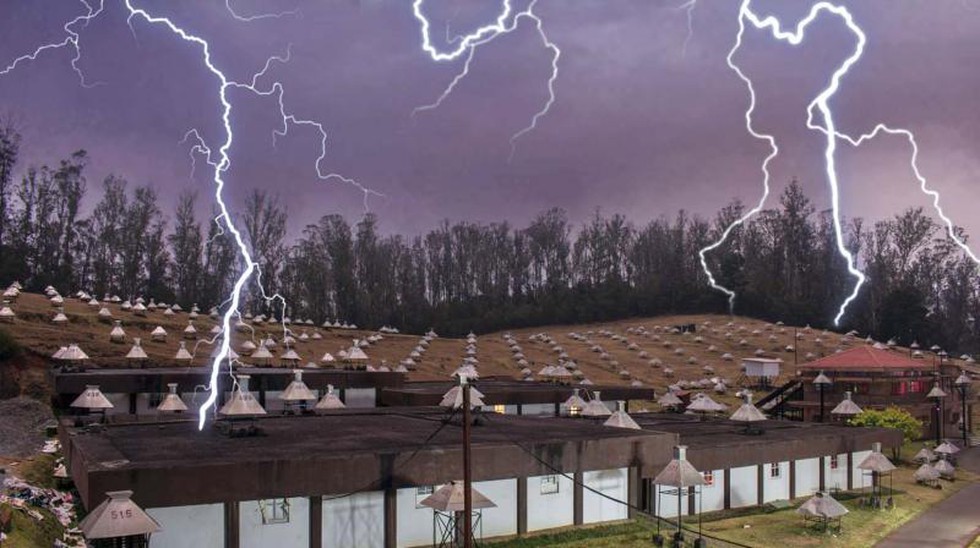
Recent development:
- At 1.3 gigavolts (GV), this cloud had 10 times higher potential than the previous record in a cloud. This is not because clouds with such high potentials are a rarity, but rather, because the methods of detection have not been successful so far.
- Learning about the properties of thunderclouds can be useful in navigation of aircraft and preventing short circuits.
GRAPES-3?
- Full name: GRAPES-3 (Gamma Ray Astronomy PeV EnergieS phase-3).
- Location: The GRAPES-3 experiment located at Ooty, India.
- Bodies involved: It started as a collaboration of the Tata Institute of Fundamental Research, Mumbai, India and the Osaka City University, Osaka, Japan. At present many institutions from India and Japan are in collaboration.
- Objective of experiment: It aims to probe acceleration of cosmic rays in the following four astrophysical settings:
- ~100 MeV in atmospheric electric fields through muons,
- ~10 GeV in Solar system through muons,
- ~1 PeV in our galaxy through nuclear composition of cosmic rays,
- ~100 EeV in nearby universe through measurement of diffuse γ-ray flux.
- Features:
- The energy threshold of muon detectors is 1 GeV.
- The observations is done using ~ 400 plastic scintillators and a 560 m² area muon detector. The scintillators detect charged particles contained in extenstive air showers produced by interaction of high energy cosmic rays in the atmosphere.
- Muons: Muons and other particles are produced when cosmic rays bombard air particles surrounding the earth. The muons produced can have positive or negative charge. When a positively charged muon falls through a cloud, it loses energy. If its energy falls below 1 giga electron volt (GeV), which is the threshold of detection of the GRAPES-3 muon telescope, it goes undetected.
Prelims Pointers
March 24, 2019
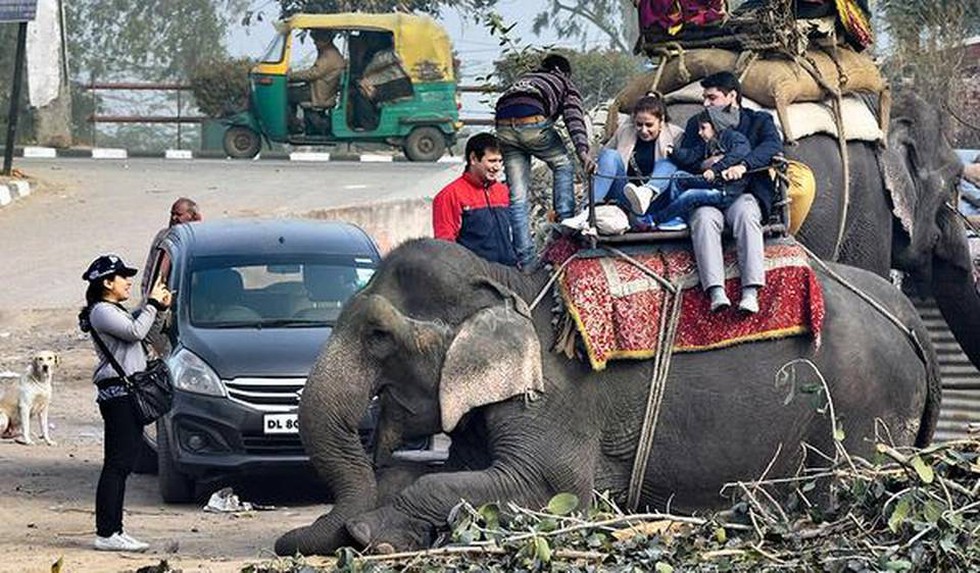
About:
- In 2018, the Animal Welfare Board of India, Ministry of the Environment and Forests, published a report about the dire conditions of the elephants used for tourist rides at Amer Fort.
- In this background Wildlife SOS launched its ‘Refuse to Ride’ campaign to open the eyes of the public to the harsh realities surrounding traditional methods that involve training elephants for tourist rides by using painful and cruel methods.
- For many tourists travelling to India, taking an elephant ride tops their bucket list of must-have experiences. India is home to 50% of the world’s Asian elephant population. If demand is reduced for elephants for joyrides and in temples, these animals will remain safe in the wild.
- India’s semi-high-speed train Gatimaan Express that ferries nearly 45,000 tourists between Delhi and Jhansi every month is now actively promoting elephant protection in partnership with Wildlife SOS. Seats on the train now carry the message “Joyrides on elephants is elephant abuse”.
Wildlife SOS (WSOS)?
- Status: A conservation non-profit organization in India.
- Established in: 1995.
- Primary objective: Rescuing and rehabilitating wildlife in distress in the country. It is internationally known for ground breaking work of eradicating the cruel and barbaric practice of Dancing Bears from the streets of India.

